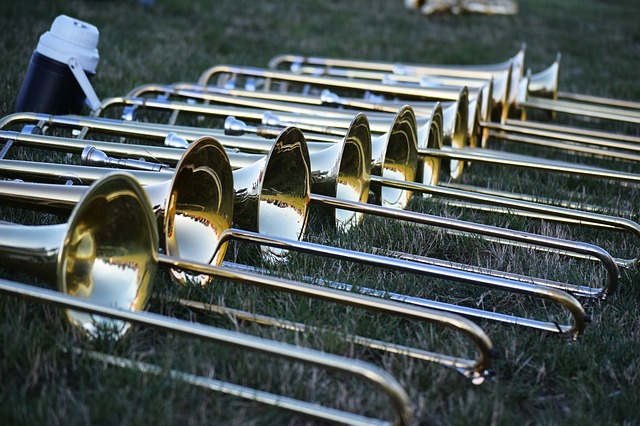Second Movement from Concertina Opus 45 No 7
- 1.Accompaniment0:33
- 2.Accompaniment + Melody0:35
Second Movement from Concertina Opus 45 No 7 was composed by Lars-Erik Larsson in 1955 and consists of 3 movements. It was originally written for trombone and strings but this version is for trombone and piano.
Lars-Erik Vilner Larsson was born in Åkarp in 1908, the son of a factory worker and a nurse. He studied with Ellberg at the Stockholm Conservatory(1925–1929) and with Alban Berg and Fritz Reuter in Vienna and Leipzig (1929–1930), then worked for Swedish radio and taught at the Stockholm Conservatory (1947–1959) and Uppsala University where he held the position as Director musices (1961–1966).
His style as a composer is eclectic, ranging from the late Romantic to techniques derived from Arnold Schoenberg‘s twelve-note system, but original in method. He was the first Swede to write serial music (1932). Yet other works of that period are post-Sibelian or neo-classical, and his output generally is characterized by variety of style.
He wrote for the theatre, cinema and broadcasting, in addition to the more traditional forms of symphony, concerto, chamber and vocal music.
He died of diabetes complications in Helsingborg in 1986, aged 78.
Purchase includes: Mp3 Audio Tracks
- Accompaniment
- Accompaniment + Melody
You can purchase the sheet music here.
€3,50
Product Description
Second Movement from Concertina Opus 45 No 7 was composed by Lars-Erik Larsson in 1955 and consists of 3 movements. It was originally written for trombone and strings but this version is for trombone and piano.
Lars-Erik Vilner Larsson was born in Åkarp in 1908, the son of a factory worker and a nurse. He studied with Ellberg at the Stockholm Conservatory(1925–1929) and with Alban Berg and Fritz Reuter in Vienna and Leipzig (1929–1930), then worked for Swedish radio and taught at the Stockholm Conservatory (1947–1959) and Uppsala University where he held the position as Director musices (1961–1966).
His style as a composer is eclectic, ranging from the late Romantic to techniques derived from Arnold Schoenberg‘s twelve-note system, but original in method. He was the first Swede to write serial music (1932). Yet other works of that period are post-Sibelian or neo-classical, and his output generally is characterized by variety of style.
He wrote for the theatre, cinema and broadcasting, in addition to the more traditional forms of symphony, concerto, chamber and vocal music.
He died of diabetes complications in Helsingborg in 1986, aged 78.
Purchase includes: Mp3 Audio Tracks
- Accompaniment
- Accompaniment + Melody
You can purchase the sheet music here.









